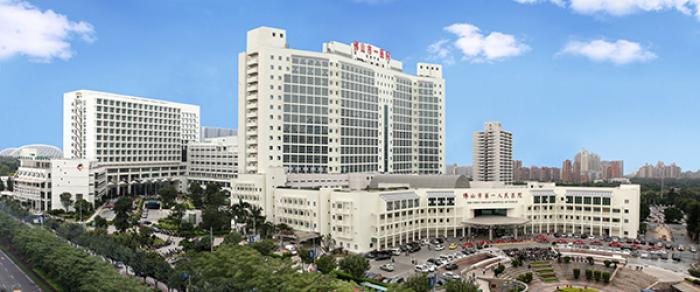On November 11th, Foshan First People's Hospital, formerly a British Methodist hospital, celebrated its 140th anniversary.
A few years ago, in a third-party survey of hospital service satisfaction organized by Guangdong Provincial Health Planning Commission, Foshan First People's Hospital stood out from 130 public general hospitals across the province, and topped the list with a decisive lead, becoming the undisputed champion of the province.
Few people know about the historical origin of Foshan First People's Hospital, whose predecessor was a missionary hospital - the Methodist Hospital of the British Methodist Church.
In 1860, British Methodist missionary Pastor George Piercy came to Foshan to build churches in two places. In April 1881, Charles Wenyon, a medical missionary, came with his family and opened a clinic in Gospel Church in Yongxing Street.
Then, Wenyon founded the "Guangji Clinic" in a large warehouse located in Gangwalan, Yingzuisha, and established the inpatient department, the predecessor of Foshan Methodist West Hospital.
At the beginning of the 20th century, western missionaries in China thought that "one of the most urgent needs at present is well-trained Chinese nurses and assistants" and "medical education is the most important job of medical missionaries at present". When Wenyon opened a clinic in Foshan, he recruited the first apprentice, Swedish Andersen, to teach him medicine preparation and surgery, and trained him as a pharmacist and surgeon. Since 1883, the clinic started enrollment and established a medical class with seven students for the first time. Students in the medical class received three years' training, including chemistry, physics, anatomy, physiology, pharmacology, and other medical courses, as well as clinical practice inwards. Over the course of about twenty to thirty years, more than 100 medical students graduated from the class.
Although Foshan Methodist Hospital was not as large as some large church hospitals in China, it adopted a completely western style in its management model, which laid a solid foundation for the subsequent development of the hospital and its endurance through the war.
First of all, the hospital stuck to the principle of self-reliance in operation from the very beginning, aiming at self-support. Patients admitted to the hospital were charged different fees according to their financial means, and the hospital also carried out some free medical services, such as free antenatal examinations for pregnant women and free treatment for the poor, while rich patients were charged higher medical expenses to make up for the losses incurred after the fee reduction for the poor.
Wenyon, the founder of the hospital, was not only an excellent doctor but also a missionary. When he was practising medicine in the hospital, he went to the ward every day to preach to patients and taught the Bible to everyone at night. The hospital would do morning and evening prayers every day and hold a large gathering every month. Doctors and nurses in the hospital also attended church and Bible study. Normally, there were eight religious activities a week. When doctors treated patients' diseases, they also brought the gospel to them. Some patients accepted the gospel and became Christians after they recovered from their illness.
After the founding of the People's Republic of China in 1949, Foshan Methodist Hospital was officially taken over by the Foshan Municipal Government in November 1953 and was renamed as the People's Hospital of Central Guangdong Administrative Office. In March 1984, the hospital changed to its present name: Foshan First People's Hospital. In 1991, the hospital was rated as the first First-class Hospital at Grade III (top grade in China) in Guangdong Province. In 2015, it once again became the first hospital in the province to pass the re-evaluation as the First-class Hospital at Grade III.
(Some material is quoted from Yan Xiaohua of Guangxi Normal University, Foshan Methodist Hospital and the Rise of Modern Western Medicine and the official website of Foshan First People's Hospital.)
- Translated by Oliver Zuo












